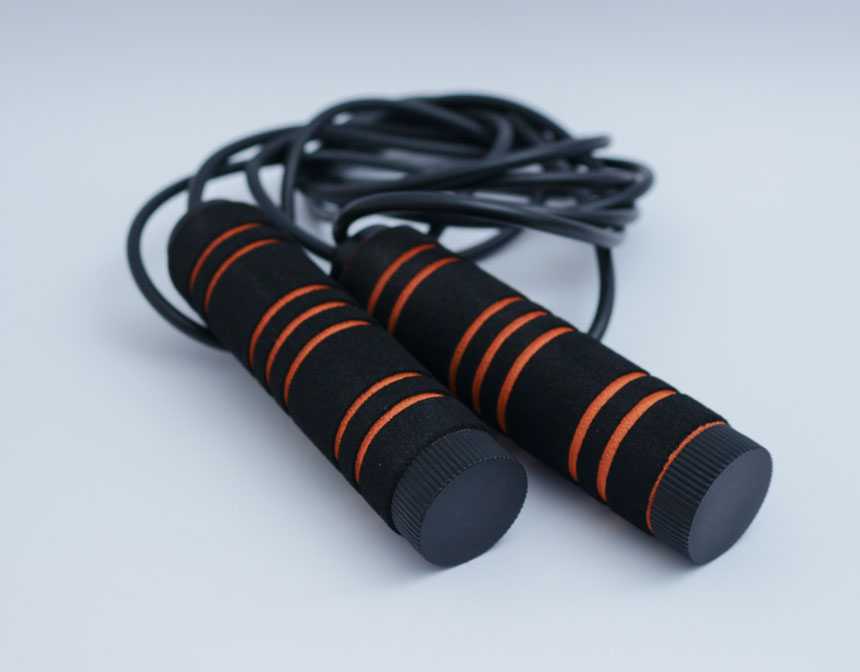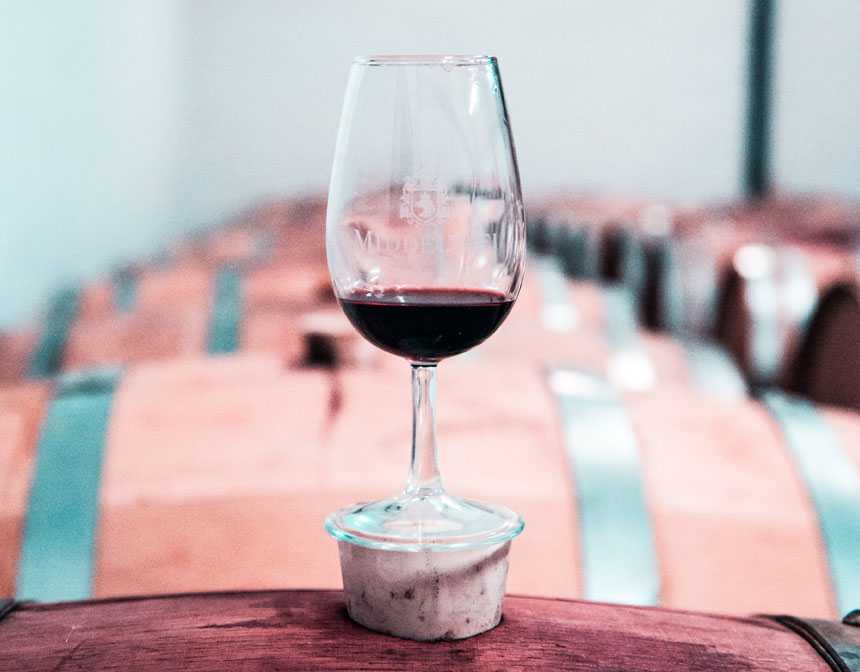Origins of The Crème Brûlée
Crème brûlée has a rich history, tracing its origins back to 17th-century France. The name itself means “burnt cream” in French, referring to the caramelized sugar topping that distinguishes this dessert. While France is most famously associated with crème brûlée, similar desserts appeared in England and Spain around the same time. The English version, “Trinity Cream” or “Cambridge Burnt Cream,” was served at Trinity College in Cambridge and featured a caramelized crust with the college crest. Meanwhile, in Spain, crema catalana is made similarly but often flavored with cinnamon and lemon zest.
Crème brûlée is irresistible because of its perfect mix of textures and flavors. The creamy, vanilla-infused custard is smooth and rich, while the crunchy caramelized sugar top gives a satisfying snap. This balance makes it both fancy and comforting. With just a few simple ingredients, it’s a dessert that feels special without being complicated. And of course, the best part is cracking the golden sugar crust with a spoon—making each bite even more delicious!
In modern cuisine, crème brûlée has become a canvas for creative variations, from infusing the custard with flavors like lavender, coffee, and citrus to using alternative sweeteners for the caramelized topping. Despite these creative twists, the classic vanilla custard remains the most beloved and is a staple in French cuisine. The recipe has been perfected over centuries, with chefs around the world continuing to honor this dessert’s French origins while occasionally adding their unique touches.
What Should I Do If My Custard Curdles While Cooking?
If your custard curdles while cooking, it likely means the mixture was exposed to too much heat, causing the eggs to overcook and separate. Here’s what you can do to save it or prevent curdling in the future:
Blend or Strain It: If the curdling is mild, you may be able to salvage the custard by blending it with an immersion blender or by straining it through a fine mesh sieve to smooth out the texture. This can help remove some of the curdled bits.
Prevent Future Curdling:
- Temper the Eggs: When adding the warm cream to the egg mixture, pour slowly and whisk continuously to avoid shocking the eggs with too much heat at once.
- Use a Water Bath: Baking the ramekins in a water bath (bain-marie) helps to regulate the temperature, ensuring that the custard cooks evenly and gently.
- Monitor the Temperature: Set your oven to a low temperature (around 325 °F or 160 °C) and check the custard frequently, removing it from the oven as soon as it sets around the edges but still has a slight jiggle in the center.
With these steps, you can achieve a smooth, creamy custard texture for your crème brûlée!
Can I Make Crème Brûlée Without A Kitchen Torch?
Yes, you can make crème brûlée without a kitchen torch! While a torch is the easiest way to achieve that classic caramelized sugar crust, here are two alternative methods to get a similar result:
1. Broiler Method
Using your oven’s broiler can mimic the effect of a torch:
Step 1: Sprinkle an even layer of sugar on top of the chilled crème brûlée.
Step 2: Set your oven rack as close to the broiler as possible, then preheat the broiler on high.
Step 3: Place the ramekins under the broiler and watch closely, as the sugar can burn quickly. It should take about 1-2 minutes to caramelize. Turn the ramekins occasionally if needed to ensure even browning.
Tip: Keep a close eye on the sugar while broiling and remove the crème brûlée as soon as the sugar turns golden brown.
2. Caramelized Sugar Topping
This method involves making a caramel separately and pouring it over the custard:
Step 1: In a small saucepan, heat 1/4 cup granulated sugar over medium heat. Swirl the pan gently as it melts and turns golden brown (avoid stirring).
Step 2: Once the sugar is fully melted and caramelized, quickly pour a thin layer over the top of each custard. Tilt the ramekin to spread the caramel evenly before it hardens.
Tip: Be careful with hot caramel, as it can burn easily. Work quickly to get an even layer on each ramekin.
Both methods will give you a crunchy, caramelized sugar topping without the need for a torch!
How To Make Dairy-Free Crème Brûlée?
Making a dairy-free version of crème brûlée is easy and still results in a creamy, indulgent dessert. By substituting the cream with a plant-based alternative, you can achieve a similar texture and flavor without dairy. Here’s how to do it:
Ingredients for Dairy-Free Crème Brûlée
- 2 cups canned full-fat coconut milk (or a combination of coconut cream and coconut milk for extra creaminess)
- 1 vanilla bean, split and scraped (or 1 teaspoon pure vanilla extract)
- 5 large egg yolks
- 1/2 cup granulated sugar (plus 1/4 cup for caramelizing the top)
- A pinch of salt
Directions
Step 1: Preheat and Prepare
- Preheat the oven to 325 °F (160 °C).
- Place four 6-ounce ramekins in a baking dish with high sides. Set aside.
Step 2: Heat the Coconut Milk
- In a saucepan over medium heat, combine the coconut milk and vanilla bean seeds along with the scraped pod. Warm the coconut milk until it just begins to simmer, then remove from heat and let it steep for 5 minutes. Remove the vanilla bean pod. (If using vanilla extract, add it after heating.)
Step 3: Make the Custard
- In a mixing bowl, whisk together the egg yolks, 1/2 cup of granulated sugar, and a pinch of salt until the mixture is smooth and pale yellow.
- Temper the egg mixture. Slowly pour the warm coconut milk into the egg yolk mixture, whisking constantly to prevent the eggs from curdling. If using vanilla extract, add it now.
Step 4: Bake the Custard
- Pour the mixture into ramekins. Divide the custard mixture evenly among the ramekins.
- Pour hot water into the baking dish, filling it halfway up the sides of the ramekins to help the custard cook evenly.
- Carefully place the baking dish in the oven and bake for 40-45 minutes, or until the edges are set but the center still has a slight jiggle. Remove the ramekins from the water bath and let them cool to room temperature.
Step 5: Chill
- Cover each ramekin with plastic wrap and refrigerate for at least 2 hours, or up to 3 days, allowing the custard to set and the flavors to deepen.
Step 6: Caramelize the Sugar Topping
- Just before serving, sprinkle 1 tablespoon of granulated sugar evenly on top of each chilled custard.
- Use a kitchen torch to melt and caramelize the sugar until it forms a golden, crispy crust. If you don’t have a torch, you can broil the custards in the oven for 1-2 minutes, watching carefully to prevent burning.
Tips for Dairy-Free Crème Brûlée
- Use Full-Fat Coconut Milk: This provides the richest, creamiest texture, closely resembling traditional heavy cream.
- Alternative Milks: If you prefer a less coconut-forward flavor, you can also use almond milk, cashew milk, or oat milk. However, these may result in a lighter, slightly different texture.
- Chill Overnight for the Best Texture: The custard sets more fully and develops a richer flavor after a full night in the fridge.
The Best Way To Store Leftover Crème Brûlée
The best way to store leftover crème brûlée is to keep it refrigerated to maintain its creamy texture. Here’s a step-by-step guide:
- Cool Completely: Allow the crème brûlée to cool fully at room temperature before storing. This prevents condensation from forming on the custard, which can affect texture.
- Cover with Plastic Wrap: Place a piece of plastic wrap over the surface of each ramekin, pressing gently to prevent the wrap from touching the caramelized sugar crust (if you haven’t caramelized the top yet, it’s easier to store).
- Refrigerate: Store the covered ramekins in the refrigerator for up to 2-3 days. Crème brûlée is best enjoyed within a day or two, as the sugar crust may start to soften over time.
- Caramelize Before Serving: If you haven’t caramelized the sugar topping yet, wait until just before serving to achieve the perfect crunchy crust. This way, the sugar won’t soften during storage.
- Re-Crunch the Topping (Optional): If the crust has softened, you can sprinkle a bit of fresh sugar on top and re-caramelize with a torch to restore the signature crunch.
By storing crème brûlée properly, you can enjoy leftovers without losing the dish's delicious creamy texture and caramelized top!





































